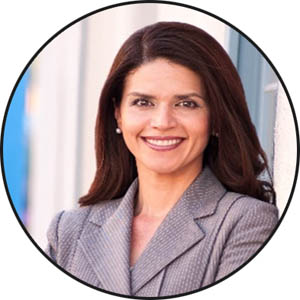
By: Regina Romero
Council Member War 1
Last month, Mayor & Council discussed Equal Pay at the study session meeting. Across the United States, women on average are paid 77 cents for every dollar an employed male would make. According to the New York Times, there are more men named ‘John’ running 1500 companies than there are women. Unfortunately, we still have a long way to go to reach equality for woman.
But let’s talk about how race, class, and other factors impact the way women experience this issue. Across the board, minority women face the most significant pay gap. Latinas on average make just 53% of what white men make for the same jobs. Native American women make 60%, and African American women make 64% on average. Mothers who work full time, year round typically have lower earnings, making only 70 cents for every dollar paid to fathers. Age, ability, sexual orientation, and income all intensify the wage gap to different degrees.
The City of Phoenix, under the leadership of Councilwoman Kate Gallego, just recently passed an Equal Pay ordinance. Though federal law already mandates that employers pay a fair and equal wage to men and women, in practice this does not play out. The Phoenix ordinance requires contractors working with the city to demonstrate that men and women employees in the same job earn the same wage.
I’ve asked city staff to look at ways we can explore similar options for pay equity across Tucson. Reflecting internally at our own organization seems like a clear starting point. In addition, looking at obtaining practices and city contracts should be a no-brainer. If taxpayer dollars are invested in a public service, we should be sure that those organizations are paying their employees fairly and equally. That’s the logic behind our living wage ordinance, and it’s the same logic we should apply to gender equity.
I am proud to be the first Latina elected to the Tucson City Council, and the first woman to represent Ward 1. Tucson is a diverse community, with a rich cultural history and demographic mix. Our city is 42% Latino, and my district is majority-minority. In a city like ours, this represents more than a women’s issue; this is an economic issue. It’s a middle-class issue.
The Tucson / Pima County Women’s Commission has expressed interest in working with Mayor & Council and city staff on this issue. I am grateful for their willingness to be part of the conversation.















More Stories
Immigration and Street Releases
PACC at 142% capacity for dogs, in desperate need of adopters and fosters
A Difficult Question
Ready, Set, Rec
A Difficult Question – Sensible Cremations and Funerals
Proud Parents – Anna and Ben